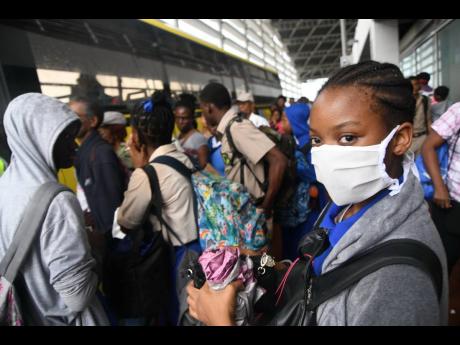This fall, schools face a dilemma: should teachers address time lost to Covid-19 by returning to the goals of spring 2020. Or should schools push students to master the 2020 test standards and push to prepare for 2021 tests?
But the standards are fundamentally arbitrary. We need to address the needs of children not in response to standards, but in response to the Covid-19 tragedy.
Children need to return to classroom learning and, most importantly, to playing and socializing with their friends. In a 2012 report, the American Academy of Pediatrics called play, in all its forms, “…the ideal educational and developmental milieu for children,” especially for children in poverty. The report continued: “the lifelong success of children is based on their ability to be creative and to apply the lessons learned from playing.”
Play is an act of imagination. On the playground, children initiate activities—acts of imagination. They learn to get along with their peers. They make their own rules. They practice their independence.
Through play, children construct their own understanding of the world. On the playground, children test hypotheses through imagination and play, engagement with other children, physical activity, and their own thinking. Like scientists, they observe, imagine, reflect, and ask questions while formulating answers and revising their hypotheses.
Play allows children to develop “core moral building blocks of empathy, perspective-taking, negotiation, collaboration and cooperation,” according to Dr. Rebecca Rialon Berry, clinical associate professor of child and adolescent psychiatry at NYU Langone Health.
The pandemic has isolated students from some of the most important teachers in their lives: their friends. Dimitri Christakis, pediatrician and director of the Center for Child Health, Behavior and Development at Seattle Children’s Research Institute, told the Wall Street Journal:
Think of [children] as having a social emotional learning deficit. Try to make up for it with extra time with friends.
Covid-19 has stolen educational time that cannot be recovered, creating an emotional and mental “learning deficit.” We fear that children—especially in poor school districts—are falling behind. According to the consulting group, McKinsey and Company:
…the average student could fall seven months behind academically, while black and Hispanic students could experience even greater learning losses, equivalent to 10 months for black children and nine months for Latinos.
The McKinsey report even predicts how the seven-to-ten-month loss will reduce individual life-long earnings: the average student will see lifetime earnings diminished by $61,000 to $82,000. Or roughly $1430 per year, $119 per month.
Falling behind by seven-to-ten months makes education sound like a formula, as if so much knowledge is inserted month by month until the bucket is full; as if each student will emerge from isolation with a hole in their mental bucket ever longing to be filled.
Our society is riven by the long-existing disparities between wealthy school districts and low-income districts. These educational gaps did not arrive during the pandemic but have existed for decades. We describe this disparity as low-income students “falling behind” students with resources.
And, now, all students are falling behind due to time lost to Covid-19. They are falling behind compared to some ideal, age-specific standards, standards that are not made to serve the students.
According to the Common Core State Standards Initiative, the standards “together define the skills and understandings that all students must demonstrate.” Notice that the statement does not say how these skills and understandings benefit the student in her life, only that the standards are boxes she must check.
The standards mandate that students demonstrate empathy, cooperation, and imagination, skills that students will need as adults. If isolation costs a student 7 months and $82,000, how much does the social isolation cost?
Students are not emerging from an empty void. Learning never stops. For better or worse, children are learning a lot about the world during the quarantine. Children have free time. Some read—the best practice for the imagination. Others may be squandering their time on passive video games. Still others invest in play.
For example, the 9-year old daughter of a friend of mine became the teacher for a school for her dolls. No adult urged her to play school. It was her idea. Was she playing through her feelings about her missed classroom? Perhaps, but no one knows. But she was learning. And having fun.
So, when students return to classrooms, adjust the standards to the students. Give the students time get to know each other again, play, and activate their imaginations.
Students will acquire the skills and understanding, but not on the arbitrary schedule of standards. Abandon the standards for a while. We are living through an historic crisis. Ask students what they learned during the time off: what was fun, what was boring, what did they miss, and what do they hope to accomplish moving forward.
Remind students that they are the engines of their own learning and that they are learning with and without the classroom. And adopt play as a critical pedagogy.





